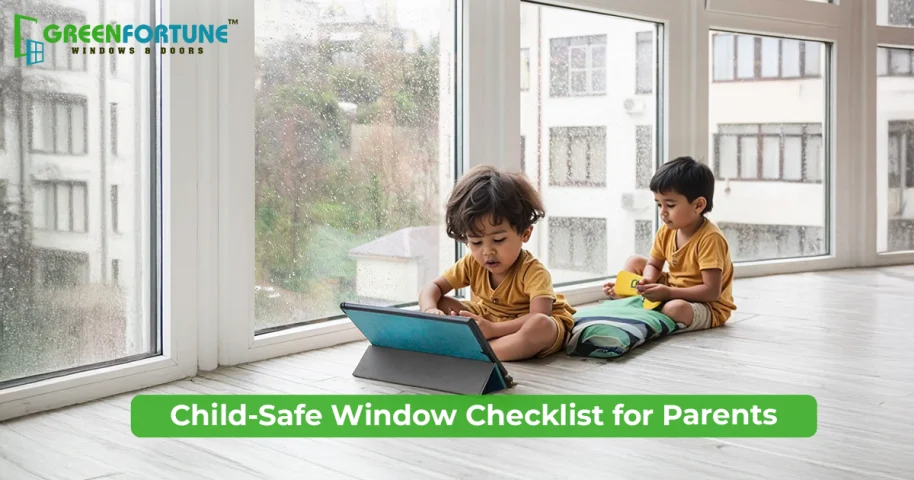
Smart & Modern Kid Friendly Interior Design Ideas That Grow with Your Child
June 20, 2025
Zero-Waste Kitchen: Top 10 Tips for a More Sustainable Cooking Space
June 20, 2025If you have a toddler or a young child at home, you already know they are inquisitive about everything. They will climb anything, catch every insect they see and put it into their mouth, run into every room, scatter everything from the shelves, and fall randomly.
You know how important it is to make your home safe for your kids. If you plan to do so, start with your windows. Child-safe windows are crucial because a curious moment, one wrong step, or even a nudge could hurt the kid.
In this blog, let’s explore 11 features every parent should know about child-safe windows.
Also read: 7 essential tips for interior design for children’s rooms.
11 Must-Have Features In Child-Safe Windows.
Child-safe windows keep the kids secure by preventing falls and injuries using features like anti-fall locks, safety mesh, toughened glass, and childproof handles.
Anti-Fall Opening Control
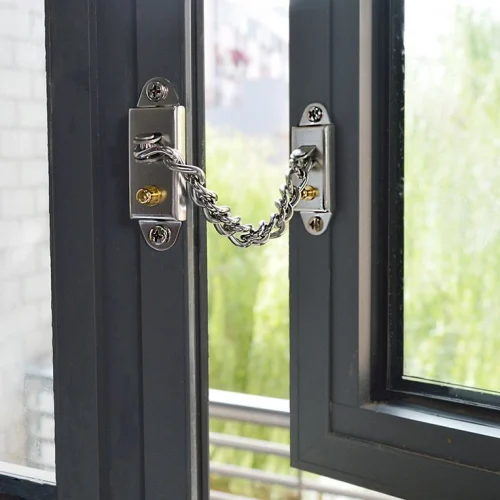
Anti-fall opening control includes all the tools that prevent windows from opening too wide.
- Anti-fall window locks that will stop windows at a small gap
- Window restrictors that limit window movement mechanically
- Key-based restrictors that only adults can unlock.
Anti-fall opening controls let air in, keep your room ventilation, but stop children from pushing the window wide open and falling through.
Safety Mesh Screens
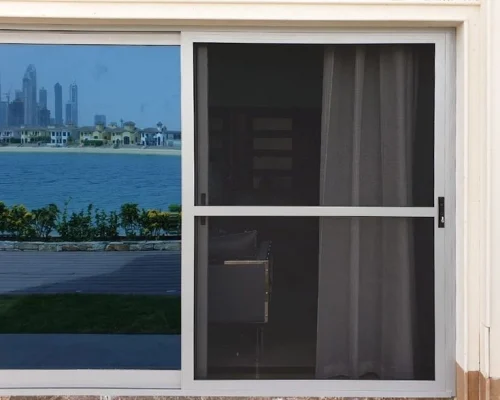
Safety mesh screens are tightly woven stainless steel meshes that act as a permanent safety barrier. These are not mosquito nets.
- A safety mesh screen can handle pressure if a child leans or pushes, preventing falls.
- It is installed from the inside, so kids can’t tamper with it.
Shatter-Proof Glass Options
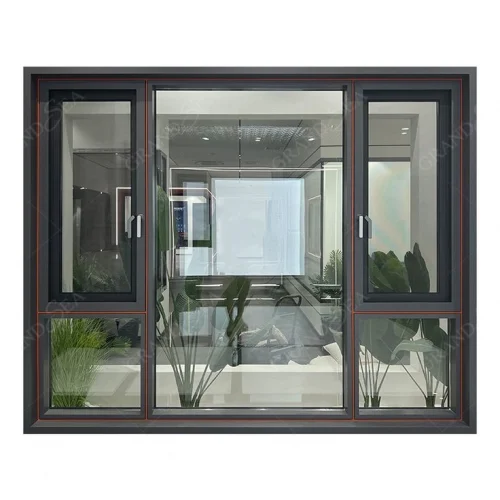
Kids often bump into or knock things at home. Glass windows are no exception. Hence, choosing the right glass can prevent serious injuries. Shatter-proof glass options include
- Thoughened glass breaks into blunt, small pieces
- Mainstream glass stays intact even if cracked
- Double-glazed glass has two layers- even if one breaks, the other holds
Rounded & Padded Frames
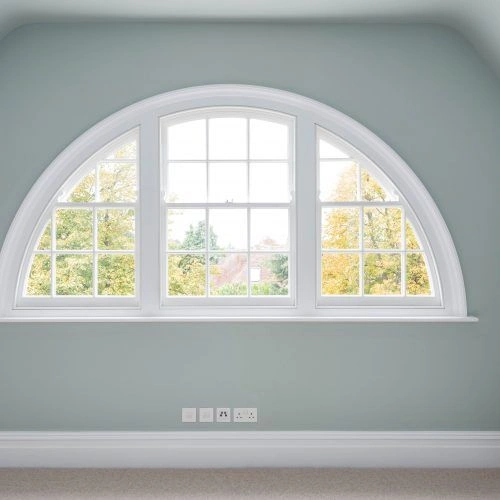
Sharp window corners can cause cuts and bruises, especially when your child likes to run around.
- Opt for rounded edge frames (like most uPVC windows)
- Add silicone padding if needed, especially when windows are at toddler height.
Lockable Window Handles
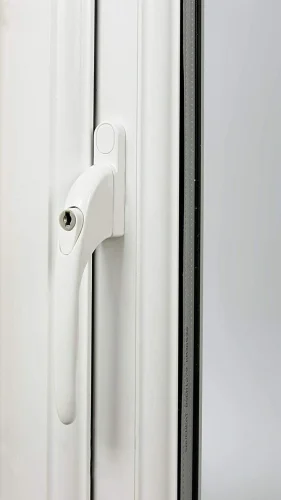
window handles are easy to operate, even for kids. That’s a problem.
- You can use handles with built-in locks or childproof buttons.
- They require a key or a push-twist action to open.
This can prevent your child from opening the windows unsupervised.
Tilt-And-Turn & Vent-Lock Designs
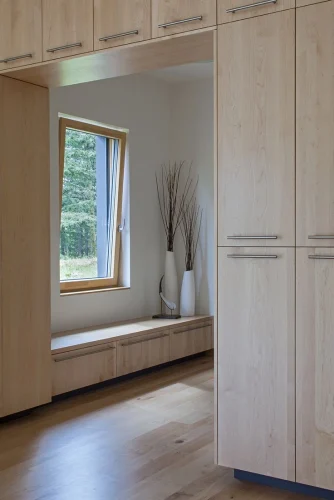
Instead of opening a window, these windows either
- Tilt slightly inward from the top
- Or stay locked in a small open position for airflow.
Finger-Pinch Protection
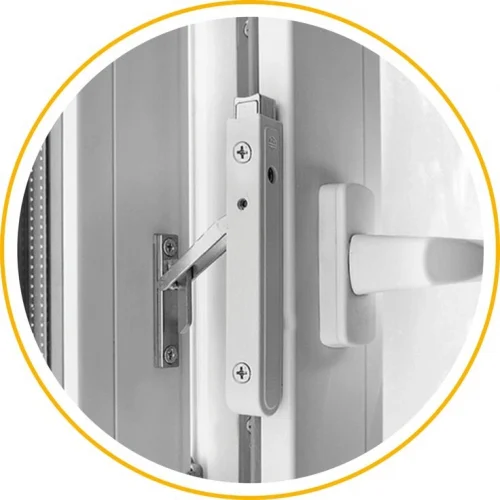
We know how it feels when our finger gets slammed by a door or window. It pains like anything. Imagine small kids going through this painful situation. To prevent their fingers from getting caught in frames or hinges,
- Look for windows with soft-close features
- Or install hinge stoppers that stop sudden shuts.
Also read: How to double the safety with onward/inward open uPVC windows?
Smart Sensors & Alarms
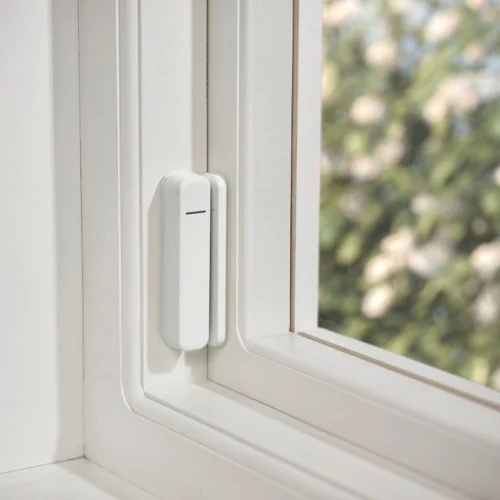
It is difficult to watch your kids all the time, even with all the physical safety tools, when they are awake. So, sensors help!
- Sensors alert you when the window is opened
- Some also connect it to mobile apps for instant notifications
This feature is useful when kids stay with grandparents, nannies or alone at home.
Low Sill Height Protection
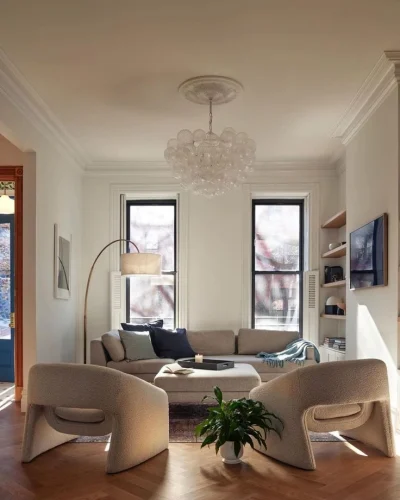
Windows with low sills, especially full-length or balcony windows, are a big risk to your toddlers.
- Add fixed bottom panels, removable sill guards, or place furniture to block easy access.
- Avoid low beds or climbable storage near such windows.
Fixed Safety Grills
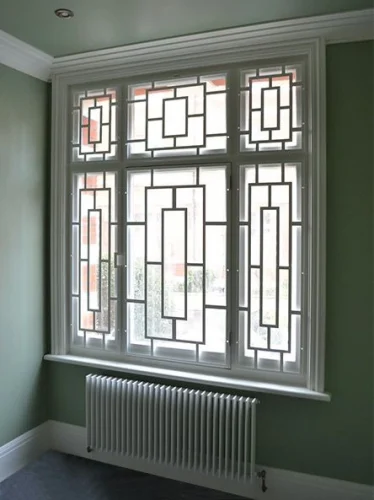
If you want to install window grills,
- Use fixed grills only, never removable on upper floors
- Ensure the gaps are too narrow for a child to pass through
Still, there are chances for kids to leave their hands or legs inside the holes and twist & get hurt. So, we would suggest going with the safety nets.
Visual Cues For Glass Safety
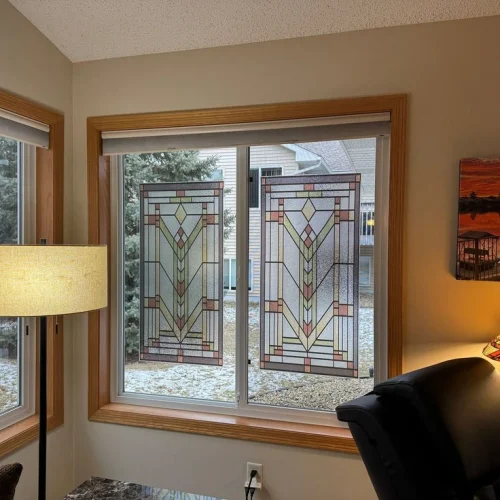
Though we have seen this only in movies, it happens a lot in real life than you think. Kids sometimes do not notice clear glass, especially clean panels or sliding doors. They run into it, bump and fall. To prevent this,
- Add frosted film, cute stickers, or patterns at eye-level
They work great in play areas or French window setups.
Here’s a bonus point for you!
UV-Blocking Glass
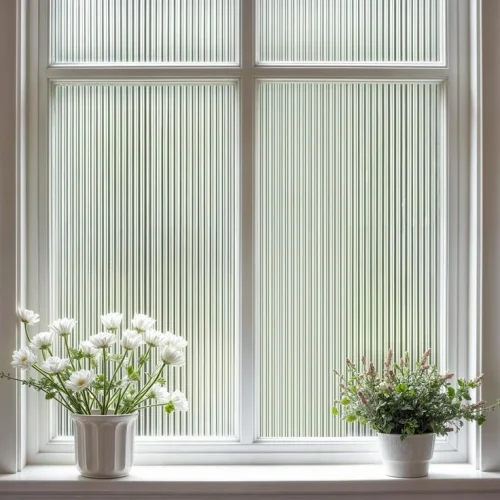
When choosing windows for your home, opt for UV-blocking glass, as this helps protect your child’s skin and eyes from harsh sunlight.
Why uPVC Windows Are The Best For Child Safety?
Most of the safety features we talked about are easier and cleaner to install on uPVC windows, without compromising on design, ventilation or comfort.
Here are some of the most useful uPVC window features for kids.
- Internal beading
- Anti-fall window locks
- Safety mesh integration
- Smooth rounded frames
- Tilt & turn designs
- Heat-resistant and cool-to-touch surfaces
- Easy maintenance with no rust or sharp edges
At GreenFortune, we bring all these features together in every product we make. Whether it’s child-proof locks, custom-fitting safety mesh, or recommending the right window type for your child’s room, our team helps you make the safest choice.
Check our products or call us on 9959083498.
Also read: How to improve the safety of your home with uPVC sliding windows?
Final Takeaway
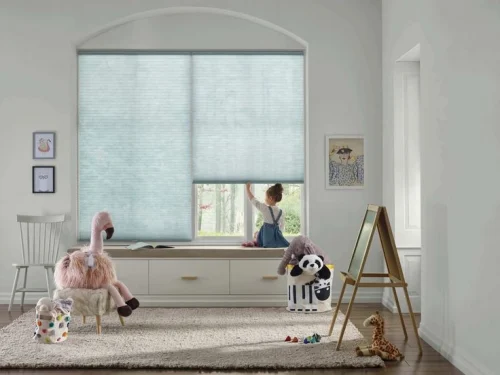
Child-safe windows stay secure, limit access and prevent injury even when you are not around. Whether you are living on the ground floor or the 15th, these features protect your little one from big accidents. So, no more yelling, “Don’t go near the window”.
FAQs
1) At what age should I start childproofing windows at home?
It is better to childproof windows at home as soon as your child begins crawling, usually around 6 to 9 months. By the time they pull themselves up to stand, the window safety setup should already be in place.
2) Do I need child-safe windows in ground-floor homes?
Yes, having child-safe windows in ground floors, especially if you have large sliding or French windows, is essential. It is because, even on ground floors, injuries can happen from bumps, glass breakage or climbing attempts.
3) Can I make existing windows child-safe without replacing them?
Yes, users can convert existing windows into child-safe windows without replacing them. You can retrofit safety mesh, restrictors, lockable handles, or apply shatter-resistant films, without replacing the dull window unit.








